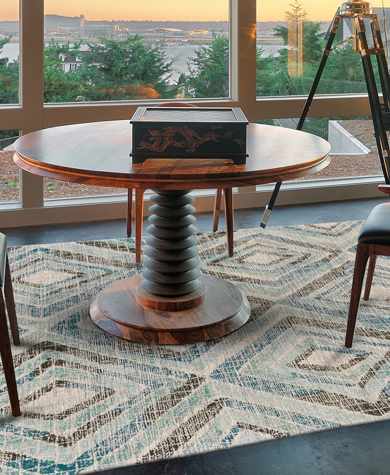Visit Our Rug Store in Virginia Beach!
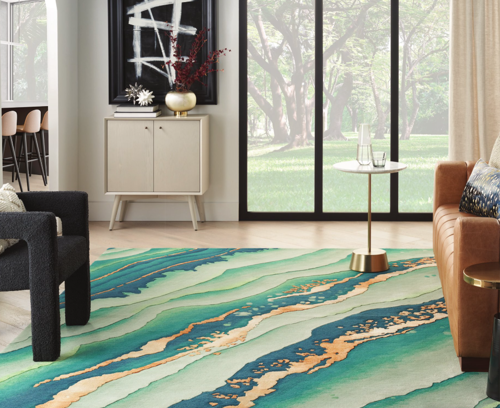
Mark Gonsenhauser’s Rug and Carpet Superstore is Hampton Roads’ oldest and largest Decorative and Oriental rug and carpet retail store.
We showcase approximately 13,000 rugs in a 20,000 square foot showroom! This is the most extensive inventory of one-of-a-kind handmade rugs and machine made rugs in Hampton Roads, Virginia.
Our highly trained professional design staff are dedicated to helping you find the perfect rug for your home or office. We care about your shopping experience with us, your interior design, and your wallet!
We are happy to visit your home with our complimentary in home consultation to better understand your rug needs. We measure your room to decide the proper rug size and consult with you on rug pattern options and your color palette to determine what will be best for your décor.
We also offer a 3 day in-home trial, all at no charge! Come by our showroom or call us at 757-486-6600 to learn more.
Featured Rugs

Contemporary Tufted Multicolor Wool Rug
- Available in Multiple Sizes

Traditional Handknotted Black Wool Rug

Modern Handknotted Multicolor Rug
No Matter The Style Or Size. I Got Your Rug!
- Area Rugs
- Fine Rugs
- Machine-Made Rugs
- Killim Rugs
- Flat Weave Rugs
- Natural Fiber Rugs
- Dhurrie Rugs
- Hand Knotted Rugs
- Shag Rugs
- Animal Skin Rugs
- Hand Tufted Rugs
- Silk Rugs
- Wool
- Sisal
- Acrylic
- Area Rugs
- Fine Rugs
- Machine-Made Rugs
- Killim Rugs
- Flat Weave Rugs
- Natural Fiber Rugs
- Dhurrie Rugs
- Hand Knotted Rugs
- Shag Rugs
- Animal Skin Rugs
- Hand Tufted Rugs
- Silk Rugs
- Wool
- Sisal
- Acrylic
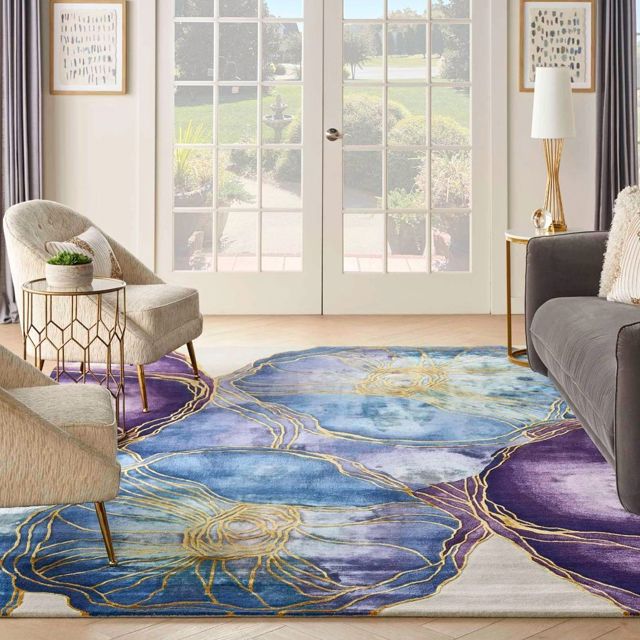
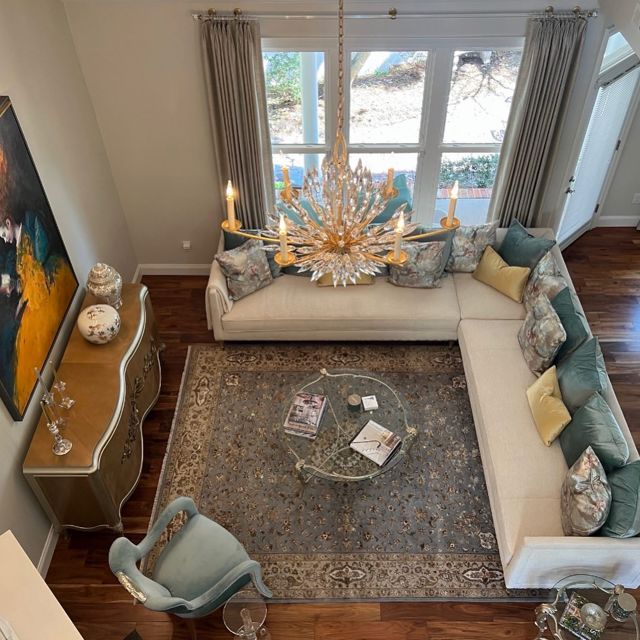
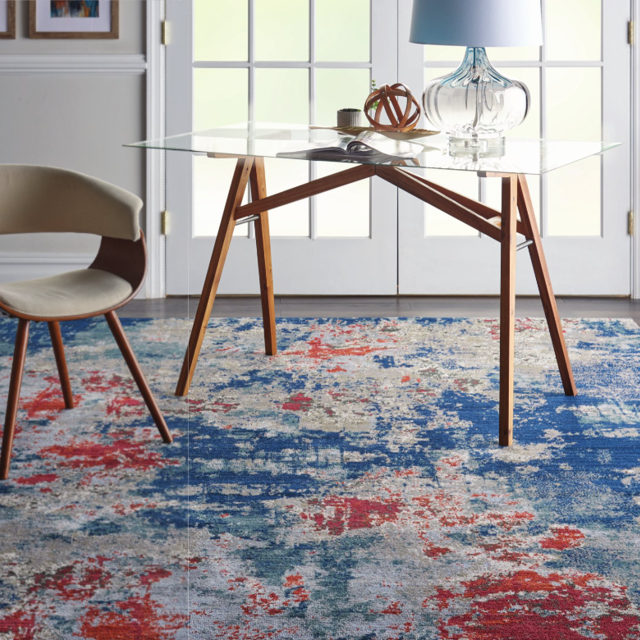
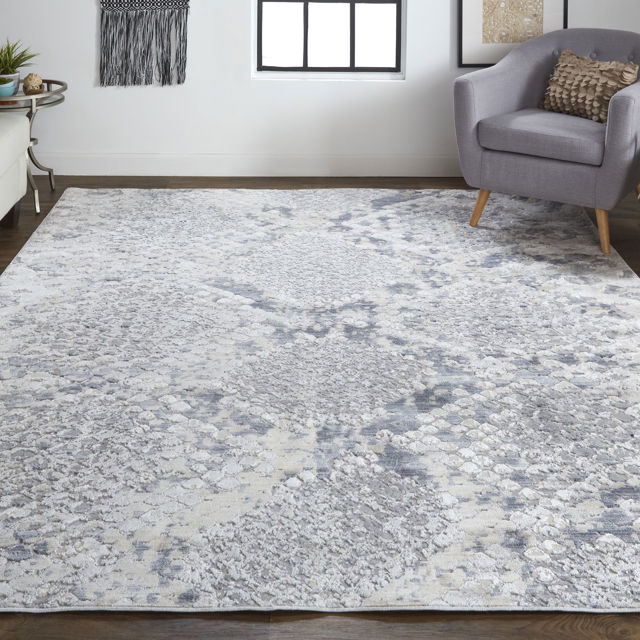
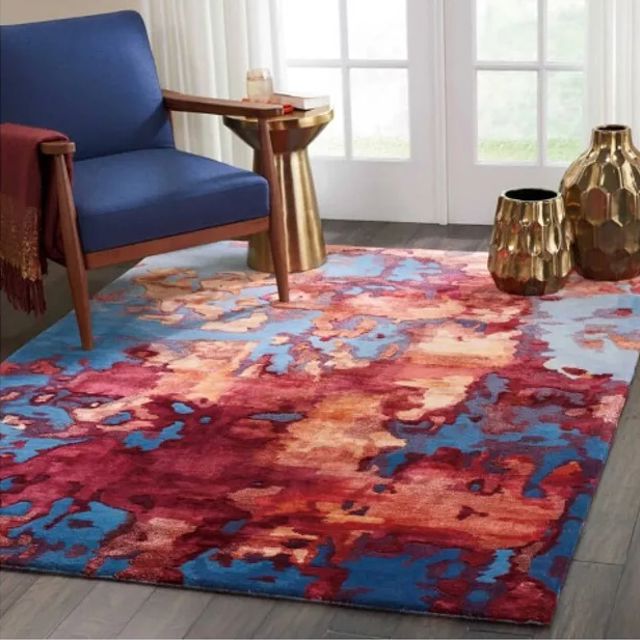
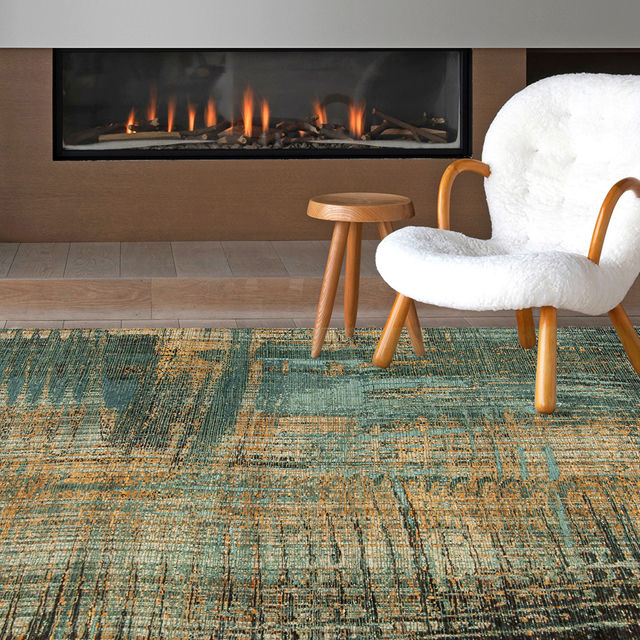
Frequently Asked Questions
Get In Touch
Mark Gonsenhauser's Rug & Carpet Superstore
Store Hours
Monday - Saturday
10:00 AM - 5:30 PM
